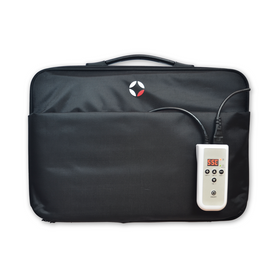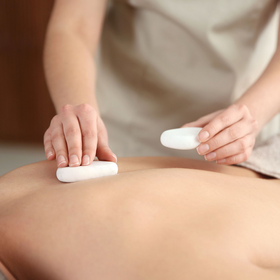Card

Have you included massage into your training routine?
Many of us have been inspired to take up some type of sport thanks to the recent influx of sporting activities on our screens – the Commonwealth Games, the Tour de France earlier in the year, the women’s EUROS and the new football and rugby seasons.
However there are also many 10K, half and full marathons planned in the cooler months, including the Great North Run in September and the London Marathon in October. With training plans already in full swing it is easy to forget to include massage into the timetable. When pushed to the extreme, our muscles need help relaxing, being revitalised and even draining. Ask any professional athlete and they will tell you the same, a massage schedule is essential to their training.
However, the big question isn’t how often should you have a massage but which one should you have? Yes, sports massages are good for runners and athletes but how are they for recovery?
While running can give you a body others would be envious of and a post-run glow thanks to the endorphins released you can also gain injuries such as runner’s knee, Achilles tendinitis, shin splint and hamstring injuries.
These injuries, while not necessarily avoidable, can be eased with regular massages. Massage can reduce inflammation which, in turn, can help speed up your recovery. And let’s be honest, they can also feel pretty great!
But what if you don’t have any injuries, what does a good massage do for you? First of all massage can promote circulation which aids the removal of metabolic waste products from your muscles. Muscle tension can be released while continued maintenance massages are a good way to discover if you have any tighter areas, therefore preventing damage before you start pounding the streets.
It isn’t only a sports massage that is good for runners. Any massage by a trained therapist can help you with your training programme. For instance, a deep tissue massage will target the deep and upper layers of your muscles, enabling your therapist to work on problematic areas as well as relieving muscle adhesions.
Alternatively, a Swedish massage – usually used with oils - promotes relaxation, lymph flow and blood circulation.
Whichever massage you decide to have it is important to find the right one for you. Talking to your massage therapist will help you both to settle on the right one, and it could be that you have different massages at different stages of your training.
If you don’t have a regular massage therapist yet our online directory can show you those in your area or, if you fancy becoming the therapist, you can find your local massage training centre.










Leave a comment